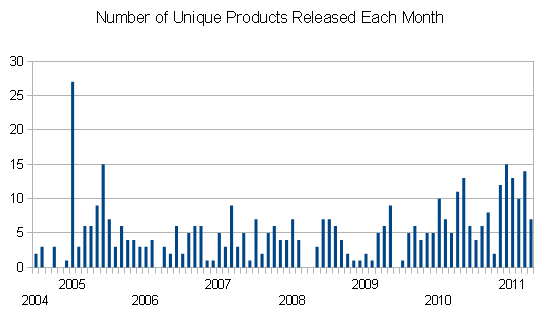Ben Rome is the Assistant Line Developer for the BattleTech line at Catalyst Game Labs. He is also the creative force behind the Chaos Campaign, a multi-faceted, fast playing, abstract campaign system with game supplements spanning almost every BattleTech era.
I’m a huge fan of the Chaos Campaign system in all its iterations. You can view previous articles on the Chaos Campaign PDF exclusive series below.
The newest incarnation of the Chaos Campaign debuted with the Wars of Reaving sourcebook. The campaign rules in the rules annex provide a pick your own adventure flavor of system that spans all the worlds involved in the Reaving story arc. I plan on fully reviewing this new campaign in future post.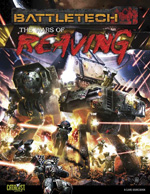
I am pleased to have had the opportunity to interview Mr. Rome about all things Chaos Campaign and a little bit more!
Ben, first off, let me thank you for the opportunity to chat. It is always a pleasure when the developers make themselves available to the fans.
My pleasure. I enjoy the interaction, especially since I can never make the online chats any more.
The Chaos Campaign made its debut with Dawn of the Jihad. Did you view the campaign system as a grand experiment at the time? Did you have any idea it would grow well beyond the Jihad sourcebooks?
Grand experiment? Definitely. Back when Randall and Herb were taking pitches for DOTJ, which was also the first BattleTech product I’d been invited to write in, someone in the ensuing mass email discourse wished we could put in some sort of campaign for players to enjoy the coming “hot mess” of a war.
At the time, I’d been toying with a flexible campaign with my (then) gaming group, the Steel City Mechwarriors over in Pennsylvania. We disliked “account tech” but were using an abstract system of points derived from victory conditions to affect repairs, reinforcements, and whatnot. (We also did this with our MechWarrior: Dark Age and Age of Destruction games.) I’ve always liked the “video game” treatment of campaigns in various games, where certain details are abstracted but others not. MechWarrior 4: Mercenaries and the MechCommander games come to mind.
So, I reasoned, why not attempt to redefine how BattleTech presented scenarios? Perennially poor sellers, this seemed a way to make them more fun and give the control to the players with regards to force selection and a myriad of other battlefield details.
I quickly pulled a proposal together after mentioning the idea to Paul Sjardijn, who gave some great feedback. Together we drafted the initial campaign rules and pitched a 12-track arc for DOTJ. The initial idea was to promote continued replayability for ground, air/space, and RPG games – and that each player’s experience would be different and unique. Just like a video game. Both Randall and Herb liked the idea, so I quickly drew up the 12 tracks and crafted how the arcs would work; the whole “choose your own adventure” style seemed to add to the coolness factor.
We had hopes it would be maintained throughout the rest of the JHS books, if only so it would “guarantee” us continued writing work for those books. We were really excited when fans seemed to take to this new, fresh take on scenarios.
There have been several authors of the Historical, Jihad, and Turning Point Chaos Campaign supplements. How do you select a writer for a new addition to the line? Do you have someone in mind based on the faction or timeline involved?
Herb and I still see the TP series as a “breaking in” point for our more new authors, as well as a vehicle for our more veteran writers to use for generating some quick product (and cash).
I’ve sent out a few “calls for proposals” over the last couple of years and got some interesting responses and pitches. Most of those you’ve seen come into print over the last year or so, such as Geoff Swift’s HTP: Mallory’s World or Jason Schmetzer’s OTP: Death to Mercenaries.
I’ve been pretty open to whatever a writer proposes, as long as it “fits” the aesthetic of the various TP branches (Jihad, Historical, Operational, Dark Age). More by accident than purpose have we had the Combine as a common antagonist in several TP works; the Dracs seem to be a popular foil and opponent in many a BattleTech war!
At any point did you throw a new writer into the series to shake things up to get a fresh perspective on the system?
The closest I’d come to that is introducing Geoff Swift through the line. He actually started pulling in more core sourcebook work because of the quality of his stuff for the TP line. Those writers who work (and write) well with me with this project tend to find me back them for more work with in-print material.
It has been reported that sales of the Jihad Turning Points series (as well as other PDF exclusive products) have performed well. Has the series kept up the momentum with later releases and the expanded lineup?
It has. Initially, the idea was simply to do them for the Jihad: all five capital worlds and a couple on some key industrial worlds – Dieron, Hesperus, Irian, Solaris. Because the reception was so far beyond what we’d thought, it was easy to expand the idea into pretty much any era. As long as the conflict made sense within the scope of the line, I was willing to give it a go.
Why do you think the Starterbook series which borrows the Chaos Campaign framework has not flourished?
No idea, and that really bummed me out. And I’m not saying that because I was one of the two principle authors on both projects, either. Those books were awesome ideas and it really surprised us all they didn’t do so well. Jason Schmetzer and I had worked up several more ideas for the Starterbook idea and to see it cut off at the knees was a huge disappointment.
Are there any more Jihad Turning Point episodes to come or is the series wrapped up?
For the Jihad line specifically, I still have a few on the table I want to see finished off. Hesperus, Solaris VII, and a “special” one for Terra. Of those, Solaris is half-written but has been on hold ever since I had to take on finishing Masters and Minions, then Jihad Hot Spots: Terra, and Wars of Reaving. I do hope to get back to it to finish it off, as it will help fill in a lot of gaps from that world’s struggle, but I also have Handbook: House Kurita to write.
Hesperus and Irian are writer-proposed projects from some of our authors who have been just avalanched with other life issues, and I’m not sure they’ll ever see the light of day. Terra’s a project that Øystein Tvedten and I have bounced around but I’ve not had time to do much more than sketch it out.
Most likely, any future Jihad-era Turning Points will end up falling under the “Historical” banner instead, as we’ll be moving BattleTech past that era before I have time to put them out.
The format of the Chaos Campaign has evolved over time. Can you elaborate on some of those changes? Specifically, between JHS 3072 and JHS 3076 the tracks became more ‘Mech force centric and looked much closer to the PDF only releases.
Part of that shift came from the release of A Time of War, the BattleTech RPG.
Initially, I was writing each track to encompass all portions of the BT line: standard, AeroTech, and RPG. It’s a little difficult to work a track into a generic enough guideline that can account for each “version” and in some cases, clear delineation needed made such as buildings and asteroids. And it was pretty impossible to do more for the RPG (such as providing stats, layouts, etc.) other than provide a story framework for a creative GM to build on.
As ATOW continued to be written and shaped into form, we were still progressing with the next couple of JHS books. Without being a part of the RPG’s reformation, I didn’t want to put in guidelines and rules for that system without it being formally released. So I either went pretty vague in the hopes that really creative GMs could pull what was needed, or “ignored” it altogether. There was—and still is—a TP-style RPG-only concept on the table that would help alleviate that need. But with the JHS campaigns, it came down to addressing the primary two systems in use.
By JHS76, I had really streamlined the process through several Turning Point releases. With those products, the overall bias by our authors is to be ‘Mech-centric (very understandable) and something I continue to remind them to be aware of going forward. Time constraints sometimes keep me from really tweaking them to handle or be adjusted to AeroTech-style and RPG play.
Regarding the layout and information for the tracks—yeah, they’ve adjusted with time. As the TP series began to unfold, it became evident that despite a variable fundamental difference in setup, the overall look needed to be consistent. So we did some tweaking with regards to presenting the awards amounts, Objective and Options wording, and Special Rules. I’ve continually aimed to streamline and simplify the language and structure to best get the maximum use of space for providing the necessary game information, and less the standard nomenclature.
On your blog you alluded to the fact that a Chaos Campaign construction system was tossed around for Interstellar Operations. Can you elaborate on your hesitation to the idea? Will we ultimately see a generic construction system in the finished tome?
Randall asked me back in 2009 to consider including a base “setup” rules chapter for IO. I’ve been really hesitant on that for a couple of reasons.
Initially, it was because that was my “in” with the entire line. By keeping that process insular, I guaranteed myself continued work for future projects. But that attitude isn’t exactly the best to have within a licensed game line, where we thrive on the concept of a “shared universe.” What if I’d been hit by a bus? No more track campaigns! Paul would’ve been the closest writer to understanding the process but considering out of the first five JHS books, he’s only written one complete track (the rest were constructed and written by me), it would’ve been a steep learning curve.
Contrary to some opinion, there is no actual written-down formula for creating tracks. What I’ve told my TP authors is to look at the campaign in general and figure where the climax battle will be, as well as the biggest “struggles.” Those are the “peaks” of the arc; every track that leads to those peaks needs to provide enough gradual points to pay for it—but just barely. You really want to force the players to step out into risk-taking to really build their cushion to handle those peaks, as well as the increased damages those difficulties will cause.
From there, it’s a matter of keeping the point totals in mind, including how a min/max player might fare if they tried to break the track and scoop the points. It happens; that’s not something you as a writer can mitigate but have to trust that the gaming group will balance things out instead.
One other thing I look for: ways to make each one challenging beyond “enter battlefield, kill all opponents, leave.” Games are the most fun when you have different objectives and plans besides “kill ‘em all” and I really try to shy away from those formats, especially if the game is played with the bare minimums.
That entire thought process isn’t exactly the easiest to express in written rules.
Finally, there’s another reason: wiggle room. I’ve found that many projects tend to vary the scope and idea of a campaign arc. The Starterbooks, for example, are focused on a single company-level unit. Many of the Historical Turning Points involve forces that can be regimental-sized. And the Jihad arc is very mercenary-centric. Each of these really requires different looks and perspectives with regards to the tracks, and that’s simply not a very scalable idea to translate into rules. By keeping them “unwritten,” I can not only construct tailor-made tracks for various projects, but also keep them from being analyzed and broken down into component parts and compared to a written rule set. It keeps the focus away from number-crunching and rules lawyering and squarely on what’s important: carrying a story through the game that is personal and unique to your experiences.
Do you have a favorite Chaos Campaign supplement so far?
Wars of Reaving, to be honest. And yes, I say this in light of what I just mentioned with regards to a possible IO construction chapter.
WOR was a different animal. With the amazing amount of conflict I put in those pages, there was no real campaign I could offer that would be “generic” enough to allow any Clan unit to adventure through. While a mercenary angle (and less so, a House unit) works well for the Jihad series, it doesn’t fit at all for the WOR. And I really, really wanted a campaign set there.
So, I hit upon the idea of making a true “mix-n-match” experience for a Clan campaign while allowing a construction rule set to be made a la IO. You’ll also notice I made it very clear that the rules for the WOR Chaos Campaign were specific to that time and conflict, keeping it confined within the era but still very wide open for limitless possibilities for player campaigns.
And I think it covered all of those bases fairly well. As an added bonus, we got to insert planetary data for all of the Clan home systems, several Periphery systems, and even a modified version of Clan zellbregin designed for the CC system.
You were the first author in the expanded Chaos Campaign PDF series. When it came time to delegate the writing duties for future releases, did it feel like you were giving up something personal?
Oh, most definitely yes. But, I had to delegate if I wanted to work on other BattleTech projects. I simply had no additional time to keep it all to myself.
Did you have any fears that new authors would not be able to do the series justice?
Initially, yes. But I made sure that I got all of their drafts before shipping them off to playtest. Tweaking point totals, adjusting options and objectives, adding/deleting special rules was a common occurrence. I think out of all the authors who’ve done various TP releases, Geoff Swift had the best grasp of what I wanted.
Is there anything you can tell us about the future of the Chaos Campaign series?
It’s not going anywhere! I’m still inordinately pleased the system is in continued use and that the PDF line is still very successful three years after its first release. While most of the series will shift to more “Era” specific in the title (e.g. “Succession Wars Turning Point,” “Age of War Turning Point,” etc.), I do not lack for proposed ideas. If I did every single one of the projects pitched to me that I liked, the line would still be going three years from now—assuming a one- per two months release, that is. This year’s been a challenging hiccup, as a backlog of product has pushed layout and design of some of the current TPs in production to the bottom of the pile. But we’ve got a few fixes in the works that will correct this problem in the near future.
As far as upcoming planned titles, we’ve got in various stages of writing:
- DATP: Vega
- DATP: Irian
- DATP: Marik
- HTP: Towne
- HTP: Chesterton
- HTP: York
- HTP: Luzerne
- HTP: Rezak’s Hole
- HTP: Tortuga
- JTP: Solaris VII
- JTP: Hesperus
- JTP: Priori (WOR)
- JTP: Vantaa (WOR)
- OTP: Wolf and the Widowmaker
- OTP: Somerset Strikers
Now, that’s not a definitive list. And understand, it’s not a guarantee that all of those will see publication. But they are pitches I have accepted or are in progress of some form, so they’re more than just ideas.
Slightly off topic but I must quash my curiosity. Is there anything you can tell us about the upcoming Solaris 7 product tweeted by Randall?
Not really, no. Though it does tie in somewhat with the upcoming Jihad Turning Point: Solaris VII release, which I hope to finally kick out the door before GenCon next year.
Is there a conflict or significant event in BattleTech history that you would love to see covered in a Chaos Campaign product but know it never will happen?
There’s a couple I can think of that are more RPG-centric that I’d like to see—and hopefully end up covered in Paul’s RPG offshoot of the line.
Probably the best non-candidate I can think of is Tukayyid. It’s not really conducive to a campaign, per se, and would need a lot of specialization rules to fight that battle. My concern there is that it would end up more a reworking of the original scenario book and less a campaign-style Turning Point, which defeats the purpose of the line.
But, as in all things BattleTech, you never really know, do you…
Posted under
Articles
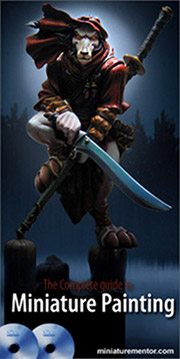




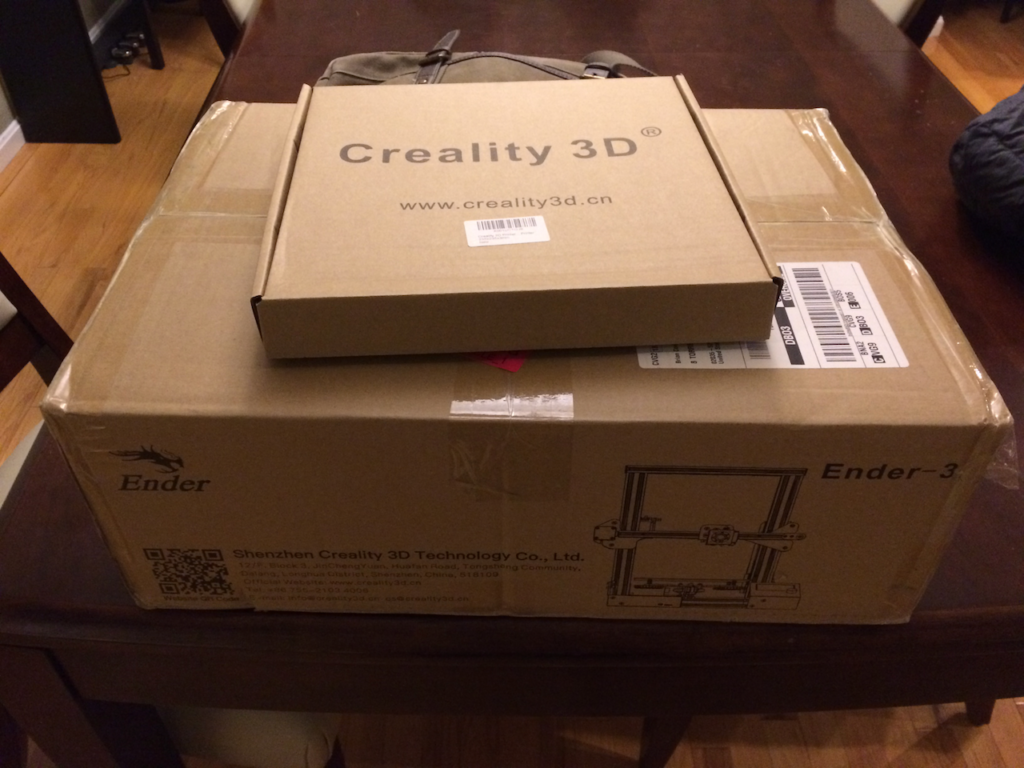
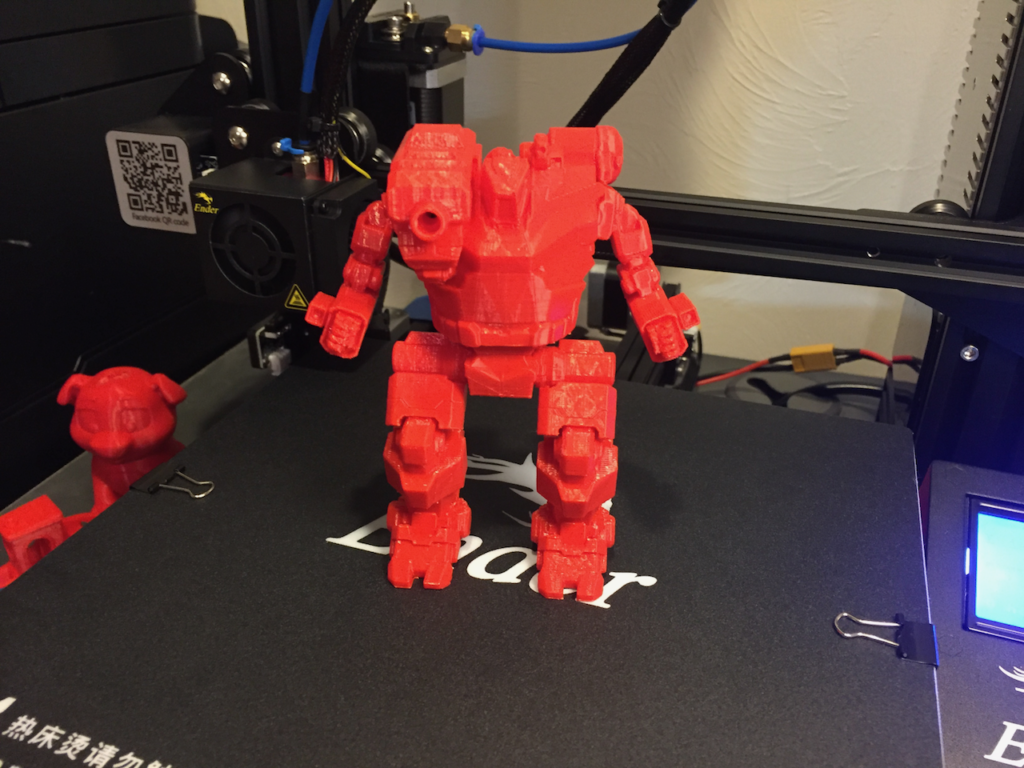

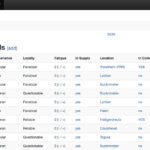
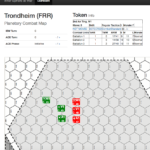





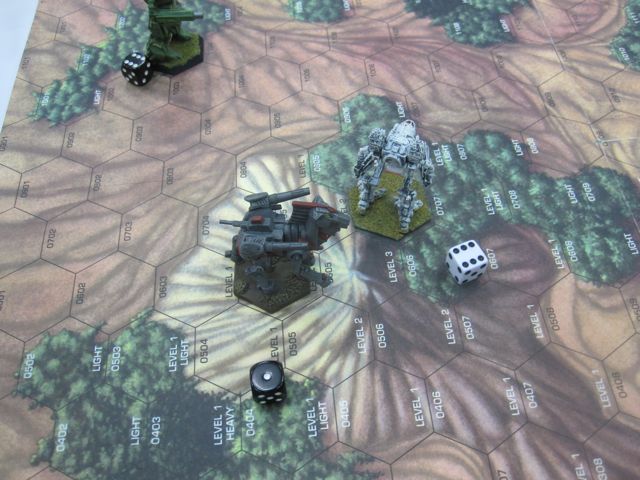











 These are the default settings and are fine for a local thumb drive portable app. If you ever attempt to use MercRoster on a real webserver, you will need to change your mysql password to something a bit more secure. You can find password settings in the Privileges Tab in PhpMyAdmin.
These are the default settings and are fine for a local thumb drive portable app. If you ever attempt to use MercRoster on a real webserver, you will need to change your mysql password to something a bit more secure. You can find password settings in the Privileges Tab in PhpMyAdmin.

